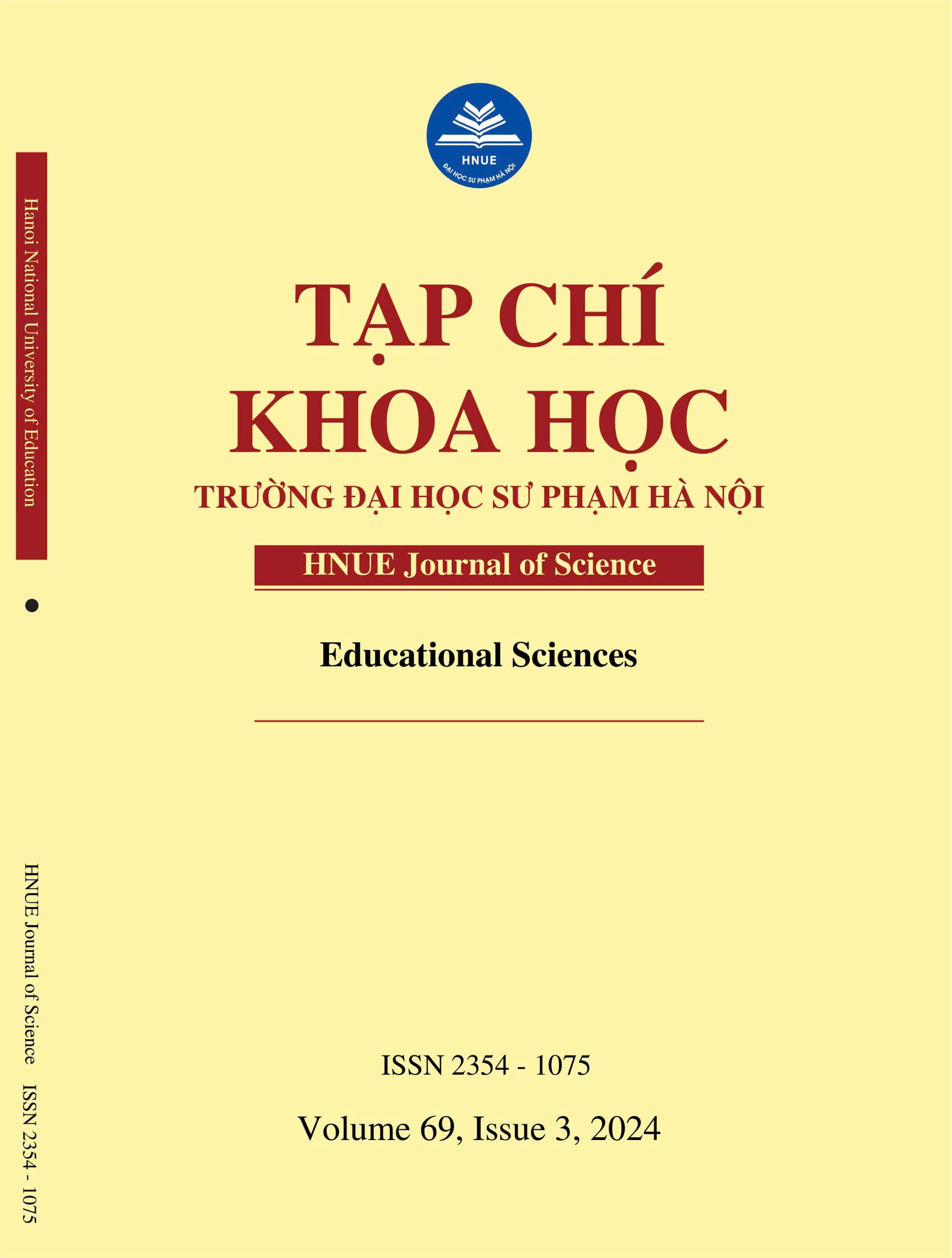COOPERATIVE LEARNING AS AN INSTRUCTIONAL STRATEGY TO ENHANCE MOTIVATION AMONG UNIVERSITY STUDENTS
DOI:
https://doi.org/10.18173/2354-1075.2024-0049Keywords:
cooperative learning, motivation, university studentsAbstract
Cooperative learning is an essential concept for classroom implementation. It helps boost students' motivation, build stronger relationships with their teammates, and learn easily. By adopting a cooperative learning approach as a teaching method, teachers help students become more motivated by encouraging them to participate actively in the learning process. This technique is beneficial at universities as it motivates students to digest a larger amount of content in less time and prepares them to interact with people worldwide. In addition to discussing how to implement cooperative learning in the classroom, this article will explore the link between cooperative learning and motivation.
Downloads
References
[1] Lewis B, (2020). What Is Cooperative Learning? Retrieved from https://www.thoughtco.com/what-is-cooperative-learning-2081641
[2] Alice M, (2007). Cooperative Learning Group Activities for College Courses. A Guide for Instructors. Kwantlen Univrsity College. [3] Johnson DW, Johnson RT, (2015). Theoretical approaches to cooperative learning. In R. Gillies (Ed.), Collaborative Learning: Developments in Research and Practice (17- 46). New York: Nova
[4] Uwameiye BE, (2016). Cooperative learning strategy and students’ academic achievement in Home Economics. International Journal of Academic Research in Progressive Education and Development, 5 (2),120-127.
[5] Aronson E, (2021). Pioneering. In Pioneering perspectives in cooperative learning. Routledge. [6] Reeve J, (2018). Understanding motivation and emotion. Wiley Custom.
[7] Tohidi H, (2012). The effects of motivation in education. Procedia-Social and Behavioral Sciences, 31, 820–824.
[8] Bastidas JA, (2006). A Framework to Understanding Motivation in the TESOL Field. Profile Issues in Teachers` Professional Development, 7, 147-160.
[9] Birt J, (2021). Cooperative learning strategies: definition, benefits and tips. Retrieved from: https://www.indeed.com [10] Markowitz E, (2020). Data shows college students struggling to stay motivated. Retrieved from https://doi.org/10.1016/j.sbspro.2011.12.148
[11] Johnson DW, and Johnson RT, (1999). Cooperation and Competition: Theory and Research. Edina, MN: Interaction Book Company.
[12] Johnson D, Johnson R, & Holubec E, (1993). Cooperation in the Classroom. Boston: Allyn & Bacon.
[13] Argyle M, (1969). Social Interaction. London: Tavistock Press.
[14] Fiechtner SB, and Davis EA, (1992). Why Some Groups Fail: A Survey of Student’s Experiences with Learning Groups. In A Goodsell, M Maher, V Tinto & Associates (eds.), Collaborative Learning: A Sourcebook for Higher Education. University Park: National Centre on Postsecondary Teaching, Learning, and Assessment, Pennsylvania State University.
[15] Cooper J, (1990). Cooperative Learning and College Teaching: Tips from the Trenches. Teaching Professor, 4 (5), 1–2. [16] Connery BA, (1988). Group Work and Collaborative Writing. Teaching at Davis. 14 (1), 2–4. (Publication of the Teaching Resources Center, University of California at Davis.)
[17] Woolfolk A, (2001). Educational Psychology. Boston, MA: Allyn & Bacon.







